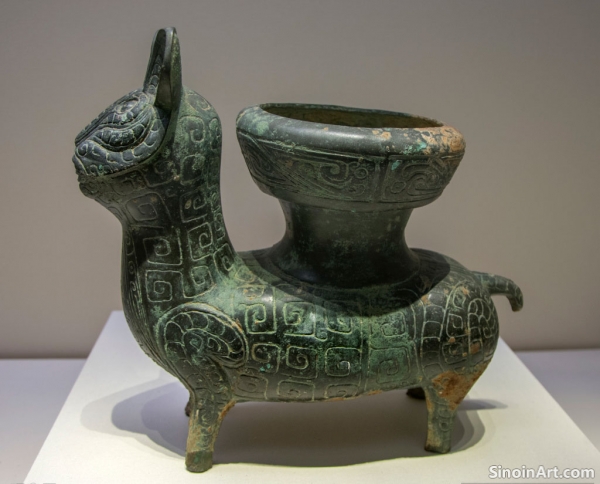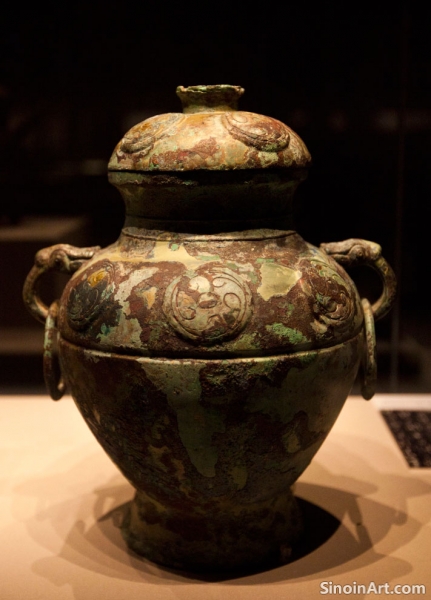Bronze Ware and Trade Networks in Ancient China: Exchange and Interaction
|
The distribution of bronze ware across ancient China was facilitated by complex trade networks that connected various regions, promoting cultural exchange and the dissemination of new styles and techniques. Bronze was an important commodity that helped to link different areas of the country and facilitate both trade and cultural interactions.  The movement of bronze objects along these networks helped to spread not only the actual metal items themselves but also the cultural and aesthetic ideas associated with them. The trade routes helped to create a more unified cultural landscape. The trading networks that crisscrossed the country were essential to the development of Chinese culture.  The discovery of bronze artifacts from different regions at archaeological sites highlights the far-reaching extent of these trade networks and the movement of goods and ideas. The study of these pieces in new and different contexts helps to show the complexity of the trading routes of the era. The discovery of pieces far from their point of creation help to indicate the extent of these trade networks.  The study of trade networks also reveals insights into the relationships between different regions and cultures, as well as the movement of raw materials, finished products, and the exchange of artistic ideas. The trading routes helped to facilitate both economic and artistic exchanges between different groups of people. Bronze ware, therefore, played an important role in connecting different regions of China and helping to create a more interconnected world. The study of trade networks provides a valuable insight into the movement of people, goods, and ideas during this era. |
Tag : bronze trade networks, ancient China, cultural exchange, ancient trade routes, bronze distribution
Related information
- Bronze Ware and the Development of Ancient Chinese Metallurgy: Innovations and Techniques
- Bronze Ware and the Development of Ancient Chinese Writing Systems
- Exploring Chinese Bronze Ware: A Guide for Beginners
- The Impact of Bronze Ware on Ancient Chinese Burial Customs: Ritual Objects and the Afterlife Journey
- The Influence of Tang Dynasty Kaishu Calligraphy on Bronze Inscriptions
This article explores the development of ancient Chinese metallurgy in relation to bronze ware production, highlighting the discovery and use of different metals, the creation of alloys, the development of casting techniques, and the technical achievements of ancient metalworkers.
This article explores the relationship between bronze ware and the development of ancient Chinese writing systems, highlighting the earliest forms of writing on bronze, the evolution of script styles, and the importance of these inscriptions in understanding early Chinese language.
This article provides a guide for beginners to the study of Chinese bronze ware, outlining key periods, types of objects, common motifs, and providing a roadmap for a deeper exploration of this fascinating art form.
This article explores the impact of bronze ware on ancient Chinese burial customs, highlighting their role as grave goods, their connection to beliefs about the afterlife, and how they reflect the status and spiritual needs of the deceased.
This article explores the influence of Tang Dynasty Kaishu calligraphy on bronze inscriptions, highlighting how its elegant and structured forms impacted the style of carved characters and reflecting the artistic interplay between calligraphy and metalworking.